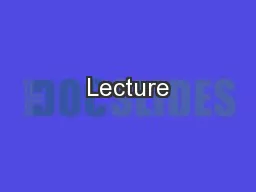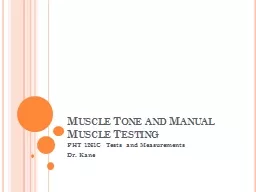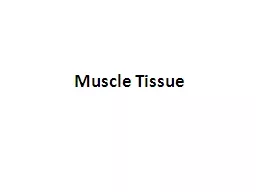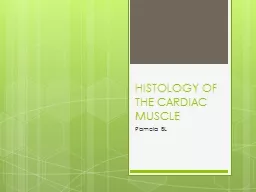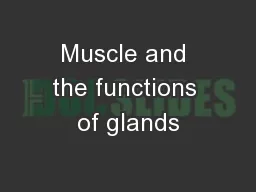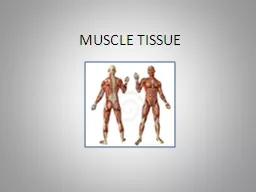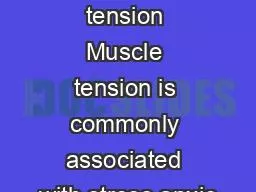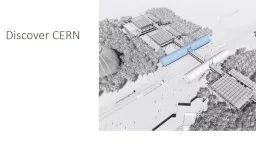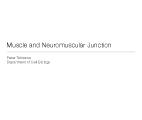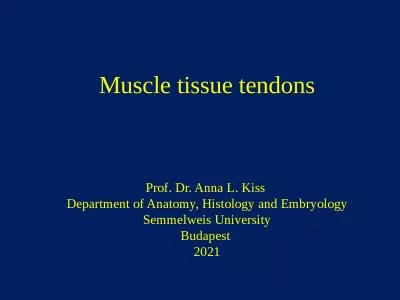PPT-MYB: muscle cells use MYB to accelerate O
Author : udeline | Published Date : 2023-05-22
2 diffusion and act as localized O 2 reserve MYB increases O 2 solubility Very abundant in marine mammals Not found in blood Myoglobin MYB Binds reversibly to O
Presentation Embed Code
Download Presentation
Download Presentation The PPT/PDF document "MYB: muscle cells use MYB to accelerate ..." is the property of its rightful owner. Permission is granted to download and print the materials on this website for personal, non-commercial use only, and to display it on your personal computer provided you do not modify the materials and that you retain all copyright notices contained in the materials. By downloading content from our website, you accept the terms of this agreement.
MYB: muscle cells use MYB to accelerate O: Transcript
Download Rules Of Document
"MYB: muscle cells use MYB to accelerate O"The content belongs to its owner. You may download and print it for personal use, without modification, and keep all copyright notices. By downloading, you agree to these terms.
Related Documents


